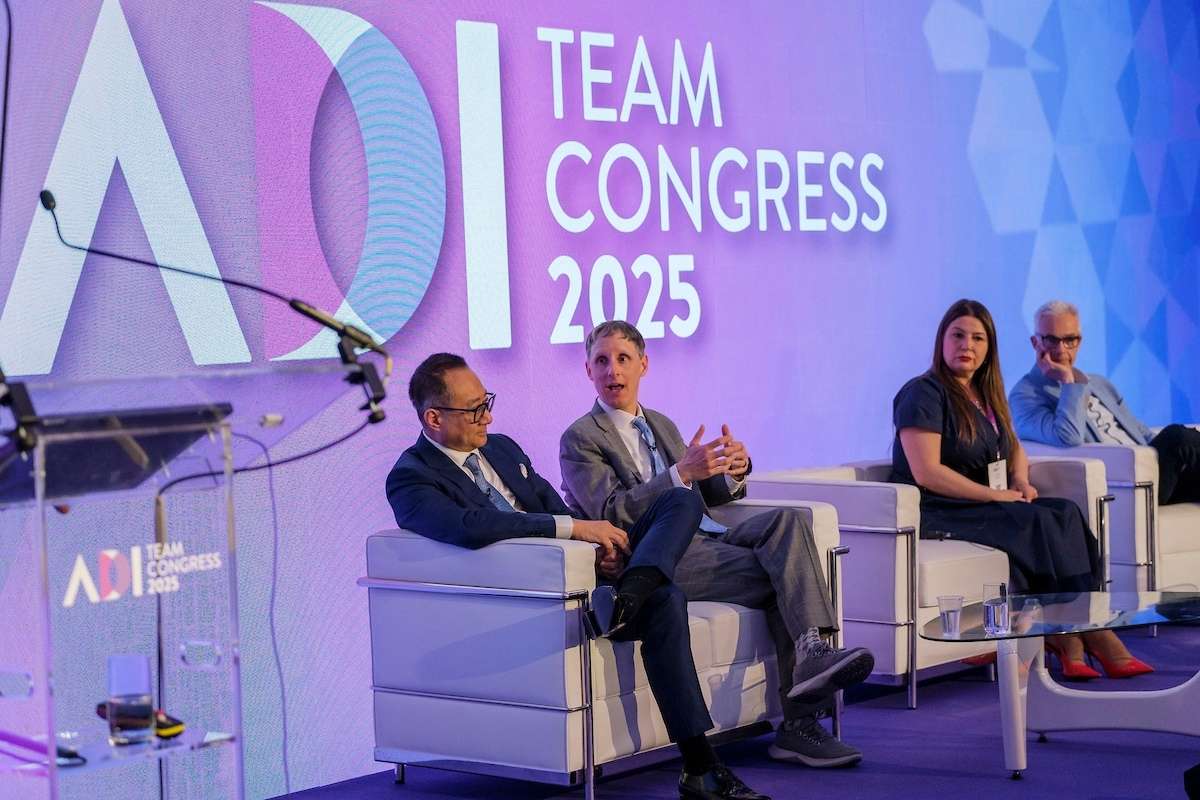Dentists
What you Missed in 2025:
Clinicians had a chance to immerse themselves within the world of dental implantology at the recent ADI Team Congress 2025. Held in Brighton, the vibrant three-day event offered everything from hands-on workshops to thought-provoking lectures, an implant-dedicated trade exhibition and plenty of networking opportunities.
Dr Jake Simpkin shared his thoughts on the event as an attendee:
“I’ve been impressed by the quality of the venue and of the speakers. It’s been great for them be so honest – they have shown their mistakes and it’s not just been how amazing they are, they have shared their problems and how they’ve overcome them.”
Dr Karen Gangotra shared her thoughts on the event as an attendee:
“There’s been a great line-up of speakers – I find them really inspirational and there’s a lot of evidence-based lectures. The exhibition is great as well, it’s good to see what’s up and coming because technology is always changing. The ADI Team Congress is the leading event based on implants and it a big range of implant treatments, which sets it aside.”
